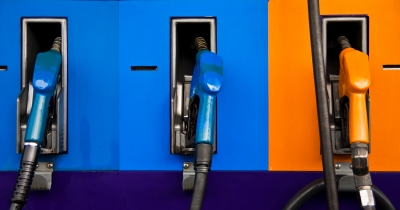wrong fuel in car
Recovering From Putting the Wrong Kind of Fuel Into a Car or Truck
Although diesel and gasoline are both derived from raw, crude oil, they are very different in basic makeup and their usage in vehicles. The petroleum distillate diesel is designed to explode in a controlled fashion when it is subjected to a certain amount of pressure. Gasoline, on the other hand, is meant to be ignited in an environment of relatively low pressure, with a single spark serving to set off a charge of vaporized fuel.

Engines that are powered by diesel, on the one hand, and gasoline, on the other, are of very different designs and requirements. Gasoline engines, for example, are built up of relatively lightweight materials and parts compared to diesel ones, being meant to spin more quickly under normal operation. The need to pressurize diesel fuel to a higher degree than is the norm for gasoline means that the cylinders of diesel engines must be sturdier, in general, and that diesel engines typically operate at much lower frequencies than gasoline ones.
These basic differences also mean that using the wrong fuel in car engines can cause real problems. Trying to operate a gasoline engine with diesel fuel can result in destructive detonation, as the fuel charge in a cylinder ignites before the spark is applied. That produces forces on the engine's parts that they are not designed to stand up to, with expensive damage resulting quite quickly.
Putting the diesel in petrol engine in car engines designed for diesel can be just as bad. Gasoline acts as a solvent, quickly eating away at seals and gaskets in diesel engines that are not designed to account for this. In fact, although the damage can be of a less dramatic-seeming sort, putting gasoline into a diesel engine can be just as serious of a problem as the other kind of mistake.
Wrong Fuel Recovery, then, is required in either case. In both situations, the engine must be entirely drained of the wrong fuel as soon as the problem is discovered and hopefully before operation has even been attempted. In addition to simply draining the fuel, a number of parts will typically have to be removed and cleaned individually, the selection varying depending on the type of engine in question.
If the issue is recognized and addressed quickly enough, the extent of the damage done can typically be minimized. In some few cases, especially where the engine is operated for some time before the problem is recognized, drivers can expect to have to pay for a full engine rebuild or worse, however.